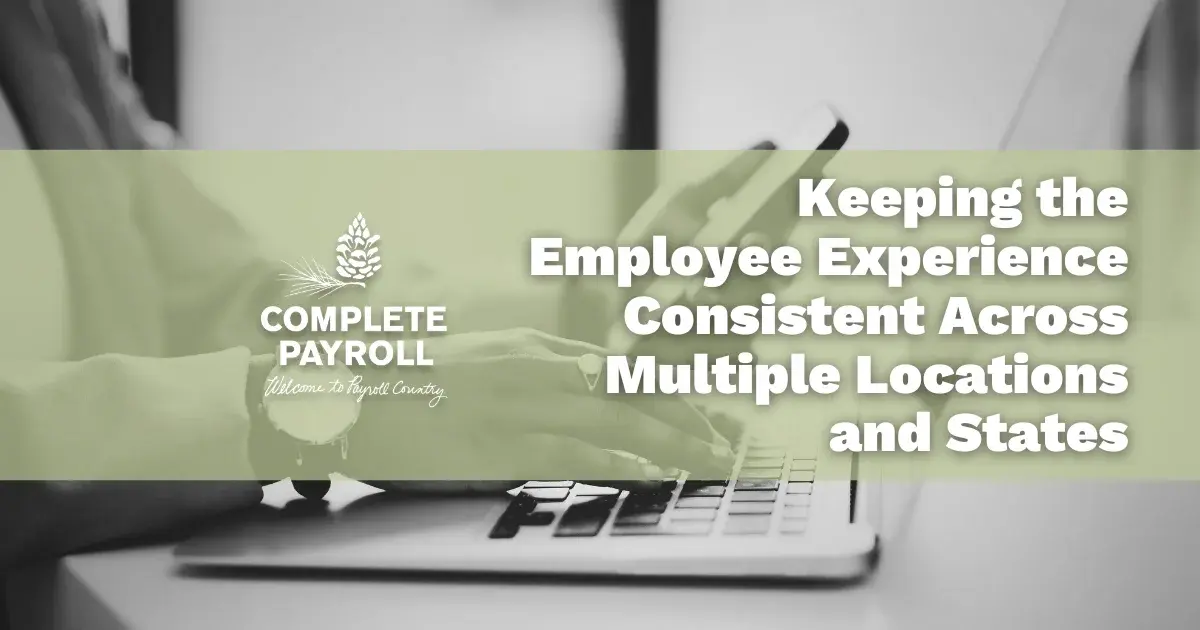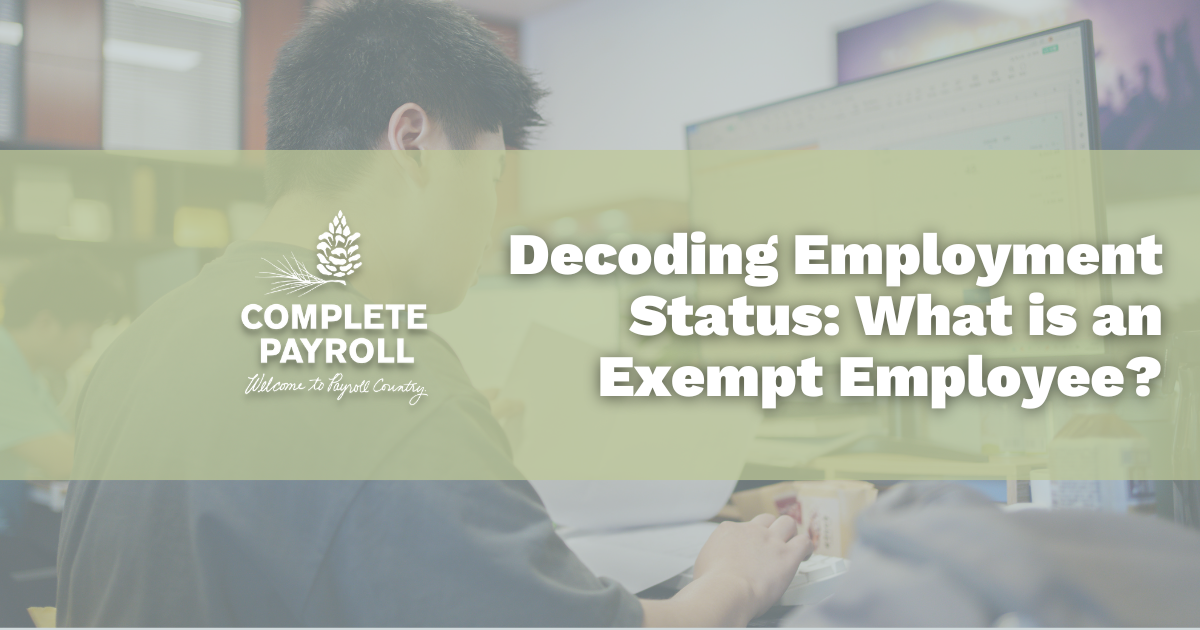Often confused, severance packages and severance agreements serve distinct functions in the realm of employment. A severance package is typically an employer’s offer of additional compensation and/or benefits to a terminated employee. Conversely, a severance agreement is a formal document in which the departing employee agrees to specific terms set by the employer, often including various restrictive covenants.
What is a Severance Package?
A severance package does not mandate legal obligation beyond the employee’s regular compensation, but typically includes:
-
Monetary Pay: Payments may be a lump sum or spread over several weeks. A common approach is to offer one or two weeks of pay per year of service, often with a minimum payout equivalent to four to eight weeks of salary.
-
Benefits Coverage: This might include the continuation of health, life, and/or disability insurance, often through mechanisms like COBRA.
-
Outplacement Services: Employers might provide support such as career coaching and job search assistance to facilitate the employee's transition to new opportunities.
-
Non-traditional Options: Depending on the circumstances, additional offerings might include retention of company equipment, waiving negative balances on vacation or sick leave, or extending company discounts.
What is a Severance Agreement?
A severance agreement is not a mandatory business requirement. Depending on the nature of the business and the market landscape, however, you may consider specific conditions as part of the employment separation. While usually intended to release the employer from certain claims, such written agreements may include:
Non-compete - An employee promises not to compete with his or her employer for a specified time in a particular place. (See new regulations on these)Non-disclosure - This promise restricts the employee’s use and disclosure of items such as client lists, pricing, and other confidential or proprietary information.
Non-disparagement - Under this provision, the employee shall not discredit, defame, or slander the employer.
Non-solicitation - This “restrictive covenant” restricts the employee from soliciting the employer's customers and/or hiring its employees away from their current positions.
Severance Determination
As a general rule, an employer may be required to provide severance compensation in two situations:
(1) obligations under federal and state Worker Adjustment Retraining & Notification (WARN) Acts.
(2) certain verbal or written contracts or agreements leading the employee to reasonably believe that he or she would be paid.
Note: The WARN Act requires employers with 100 or more employees to give employees 60 days advance notice of plant closings and mass layoffs. If an employer gives at least 60 days advance notice, no severance pay is required. If the employer fails to give the required notice, the law requires the employer to pay its employees for up to 60 days.
Regardless, employers do have flexibility in setting the eligibility criteria for any severance package. Different employees can be included, and different formulas can apply to different job groups. On the other hand, since employers still need to demonstrate some degree of fairness, employees in protected classes should not be discriminated against.
A Severance Policy
One common question employers have is whether or not to establish a written policy. In general, having a formalized severance policy in writing makes more sense for large companies more likely to be subject to the WARN Acts. On the other hand, an unwritten informal, individualized approach tends to work better for small businesses and companies with infrequent departures.
For most severance policies, useful statements may include:
- “Employees who sign an agreement releasing the employer of employment liability agree to do so on an informed and voluntary basis.”
- “The purchase of the business by another company will not require the payment of severance, unless employees are actually laid off.”
- “The company reserves the right to alter or terminate its severance policy.”
Note: The Age Discrimination in Employment Act (ADEA) protects employees age 40 or older and requires a company to give these employees a certain amount of time to consider severance agreements, advise them to consult an attorney, and take other special steps. The ADEA also requires extra severance in return for signing a waiver.
Especially during these risky times of employment-related lawsuits, providing severance to a departing employee can be a challenging balance of both an employer’s act of kindness and a necessary business decision.
FAQs About Severance
Q: Are employers required to provide severance packages? A: No, there is no general legal requirement unless specified by a contract or in cases covered by the WARN Act.
Q: What should be included in a severance agreement? A: It should clearly state any compensation offered, the terms of restrictive covenants, and the release of claims against the employer.
Q: Can severance agreements prevent an employee from claiming unemployment benefits? A: No, severance agreements do not typically affect an employee’s eligibility for unemployment benefits unless stated otherwise.
Guidance on Negotiating Severance
When negotiating severance, ensure transparency and fairness. Avoid common pitfalls such as vague terms or coercive practices, which can lead to disputes or legal challenges. Both parties should ideally seek legal counsel to validate the terms of any severance agreement to ensure compliance with current laws and fairness in the provisions.
For more information and insights into the laws, best practices and complexities around terminating employees, check out our resource page, A Complete Guide to Employee Terminations. It's an all-in-one page that includes thorough insights, instructions and plenty of links to other helpful resources.




















 Get Instant Blog Notifications
Get Instant Blog Notifications


